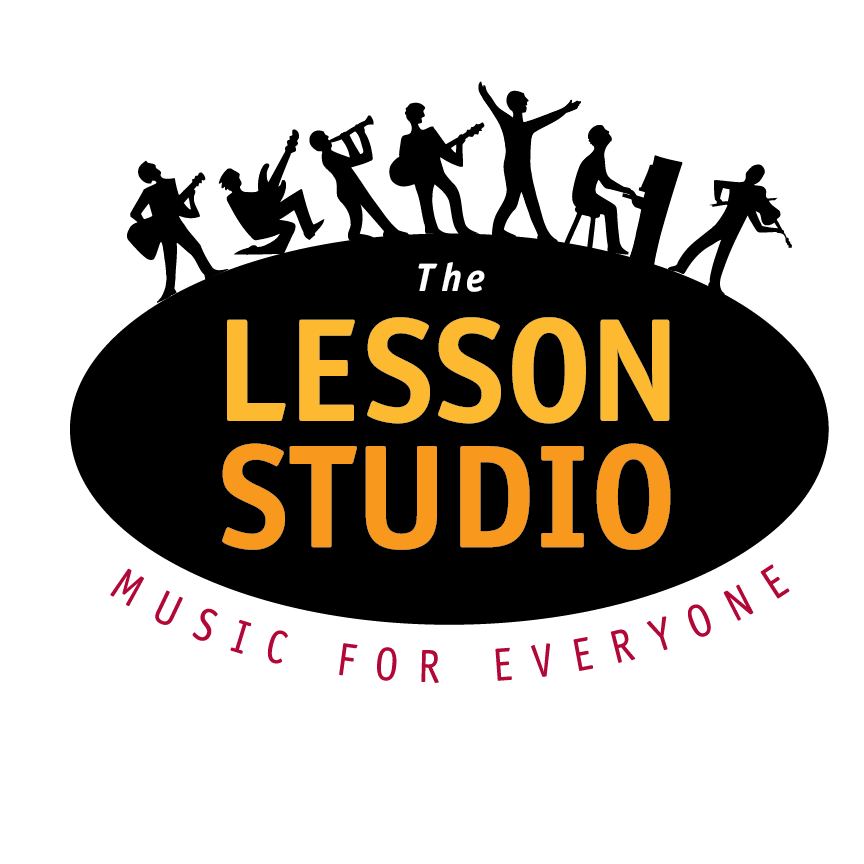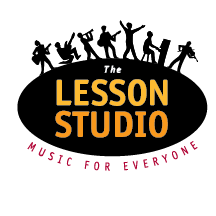Introduction
Head Voice vs. Falsetto: What’s the Difference?
Not all high notes are created equal! To sing higher with control, you need to understand the difference between head voice and falsetto:
Head Voice
-
- A strong, resonant tone used for high notes in full voice.
- Think Ariana Grande’s soaring belts or Brendon Urie’s powerful upper range.
- It engages more of your vocal cords, making it fuller and richer.
Falsetto
-
- A lighter, breathier sound that feels floaty and soft.
- Used for airy, emotional moments, like Justin Timberlake’s smooth falsetto runs.
- It uses less cord closure, making it sound more fragile.
Most great pop singers blend these registers to create a balanced high range. The trick is knowing when to use which—and how to strengthen both.
Why Boulder Singers Need to Master High Notes
Boulder’s music scene is unique—we have everything from acoustic singer-songwriters at eTown Hall to rock bands playing at The Velvet Elk Lounge. No matter your style, a solid head voice and falsetto can set you apart.
-
- Indie & Folk Singers – A well-developed falsetto adds softness and emotion to acoustic sets.
- Rock & Pop Artists – A strong head voice helps you belt out high notes without strain.
- Live Performers – Boulder’s altitude makes breath control even more important for high notes.
Why Boulder Singers Need to Master High Notes
Singing in Boulder (elevation: 5,328 feet!) is different from singing at sea level. You might notice:
-
- You run out of breath faster on long notes.
- Your voice gets dry quickly (thanks, mountain air!).
- You fatigue sooner when practicing high notes.
But here’s the good news: training at altitude strengthens your breath control and stamina. If you can hit high notes here, you’ll crush them anywhere! Just remember to hydrate more and do deep breathing exercises before singing.
How to Strengthen Your Head Voice & Falsetto
Lip Trills: The Best Warm-Up for High Notes
This is my go-to warm-up before a gig.
How to do it:
- Lightly press your lips together and blow air through them (like a motorboat sound).
- Add a hum and glide up and down your vocal range.
- Feel how it relaxes your throat and engages your breath support.
Why it works: It keeps your voice fluid and tension-free, so you don’t push or strain on high notes.
The “Nay Nay Nay” Trick for Stronger Head Voice
Ever notice how Broadway singers sound effortless on high notes? This is one of their secrets!
How to do it:
- Say “Nay Nay Nay” in an exaggerated, bratty voice (like a cartoon character).
- Sing this on a high-pitched scale, keeping the same bright tone.
- Focus on placing the sound in your mask (forehead and nose area).
Why it works: It removes throat tension and trains your vocal cords to stay connected on high notes.
Falsetto Slides for Smoother Transitions
If your falsetto is weak or breathy, this exercise will help.
How to do it:
- Start on a low note in full voice, then glide up into falsetto.
- Hold the highest note lightly but clearly.
- Slide back down and repeat.
Why it works: It strengthens falsetto control and makes it easier to switch between registers without cracks.
Boulder-Specific Breathing Hack: The Slow Inhale Method
Because of the thinner air here, you need to be extra smart with breath control.
Try this before singing:
- Inhale slowly for 5 seconds, expanding your belly.
- Hold for 3 seconds.
- Exhale through pursed lips for 8 seconds.
Why it works:
- Trains your lungs to use air efficiently.
- Builds endurance for long, sustained high notes.
Troubleshooting Common High-Note Struggles
💥 “I Crack When I Sing High” → Strengthen your mix voice with the “Nay Nay Nay” exercise.
💥 “My Falsetto Sounds Weak” → Practice falsetto slides to increase control.
💥 “I Lose My Breath on High Notes” → Do Boulder altitude breathing drills.
Final Thoughts: Hit High Notes Like a Pro!
Mastering head voice and falsetto is a game-changer for any singer. Whether you’re an indie artist in Boulder’s acoustic scene or a pop singer belting out powerful choruses, these techniques will help you sing higher effortlessly.
Your Next Steps:
✅ Practice these exercises daily – even just 10 minutes helps! ✅ Hydrate & breathe smart – Boulder’s dry air can challenge vocal cords. ✅ Perform locally – Put your skills to the test at open mics and gigs.
The more you train your voice, the easier those high notes will feel. And who knows? With some dedication, you could be the next Boulder artist wowing the crowd with insane high notes!

Don’t forget to share this post.
Write Your First Song in 10 Minutes. No Experience? No Problem!
[pac_divi_table_of_contents included_headings="off|off|on|off|off|off"...
Learn to play these captivating pop ballads, even if you’re just beginning!
[pac_divi_table_of_contents included_headings="off|off|on|off|off|off"...
Why Music Lessons Are a Powerful New Year’s Resolution
[pac_divi_table_of_contents included_headings="off|off|on|off|off|off"...
Gifts that Will Make Kids Fall in Love with Music
[pac_divi_table_of_contents included_headings="off|off|on|off|off|off"...
Essential Tips for Parents of Young Brass Players: Support Your Budding Musician
[pac_divi_table_of_contents included_headings="off|off|on|off|off|off"...
How Learning Brass Instruments Helps Kids’ Cognitive, Physical and Social Growth
[pac_divi_table_of_contents included_headings="off|off|on|off|off|off"...
Top 5 Beginner-Friendly Guitar Techniques You’re Probably Not Using!
[pac_divi_table_of_contents included_headings="off|off|on|off|off|off"...
How to Start Voice Lessons: Essential Techniques for Beginning Singers
[pac_divi_table_of_contents included_headings="off|off|on|off|off|off"...
Master the Piano: Why You Need Both Ear Training and Sight-Reading!
[pac_divi_table_of_contents included_headings="off|off|on|off|off|off"...
Ace Your Recital: Tips for Thorough Music Preparation
Getting ready for a recital can sometimes be a frustrating and downright nerve-wracking...










